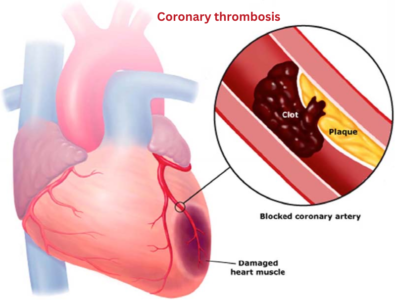“Bariatric Surgery Before and After: A Transformative Journey to a Healthier You”
Bariatric surgery, a life-changing medical procedure, has empowered countless individuals to achieve dramatic weight loss and transform their lives. In this comprehensive guide, we’ll delve into the world of bariatric surgery, exploring what it entails, who it’s suitable for, and what to expect before and after the surgery.
Understanding Bariatric Surgery
Bariatric surgery is a set of procedures that help individuals struggling with severe obesity achieve sustainable weight loss. It works by altering the digestive system, reducing the stomach’s size, or rerouting the digestive tract to limit food intake and absorption.
Is Bariatric Surgery Right for You?
Before embarking on the bariatric surgery journey, it’s crucial to determine if it’s the right option for you. Ideal candidates often include individuals with a Body Mass Index (BMI) over 40 or those with a BMI over 35 with obesity-related health issues like diabetes or sleep apnea.
Preparation for Bariatric Surgery
The period leading up to bariatric surgery involves comprehensive preparations. This includes consultations with healthcare professionals, dietary changes, physical evaluations, and psychological assessments to ensure you’re physically and mentally ready for the procedure.
Types of Bariatric Surgery
Several bariatric procedures are available, each with its unique approach to weight loss. The most common ones include:
Gastric Bypass: This procedure reduces the stomach’s size and reroutes the digestive tract, promoting early satiety and reduced food absorption.
Sleeve Gastrectomy: In this surgery, a portion of the stomach is removed, leaving a smaller “sleeve” for food storage.
Adjustable Gastric Banding (Lap-Band): A band is placed around the stomach to create a small pouch, limiting food intake.
Biliopancreatic Diversion with Duodenal Switch (BPD/DS): A more complex procedure involving stomach reduction and digestive tract rerouting.

The Bariatric Surgery Journey: Before and After
Before Surgery:
Extensive consultations with healthcare providers.
Dietary changes and supervised weight loss.
Psychological evaluations to address emotional readiness.
Preoperative testing and preparation for the day of surgery.
After Surgery:
Gradual reintroduction of liquids and soft foods.
Ongoing dietary and lifestyle changes.
Regular follow-up appointments with healthcare professionals.
Support from nutritionists and support groups for long-term success.
Life After Bariatric Surgery
Bariatric surgery isn’t just about losing weight; it’s a lifelong commitment to improved health. Post-surgery, individuals experience significant weight loss, often leading to better management of obesity-related conditions such as diabetes and hypertension.
Potential Benefits and Challenges
While surgery offers remarkable health benefits, it also presents certain challenges. These may include adjustments to eating habits, managing excess skin, and potential vitamin and mineral deficiencies.
Celebrating Success: Bariatric Surgery Before and After
The journey from bariatric surgery before to after is an inspiring one. Witnessing the physical and emotional transformation is often a source of immense pride and joy. Weight loss not only boosts self-esteem but also improves overall quality of life.
B- surgery is a powerful tool for individuals struggling with severe obesity. It offers a chance at improved health, increased mobility, and enhanced well-being. However, it’s essential to approach this journey with realistic expectations and a commitment to lifelong changes in diet and lifestyle. If you’re considering B-surgery, consult with healthcare professionals to determine the best approach for your unique circumstances. Remember, the journey from bariatric surgery before and after is a path toward a healthier, happier you.



